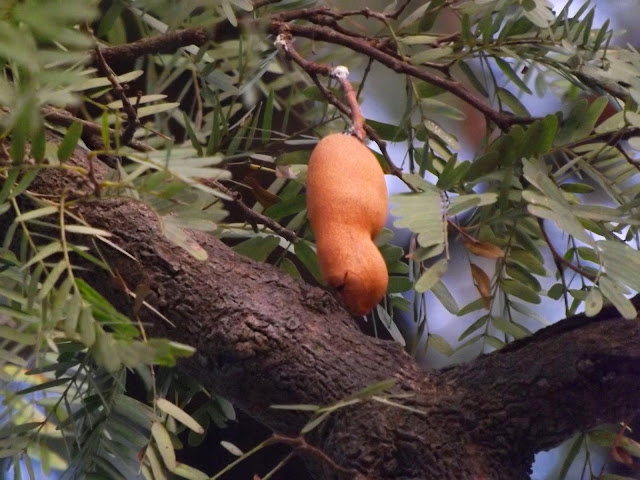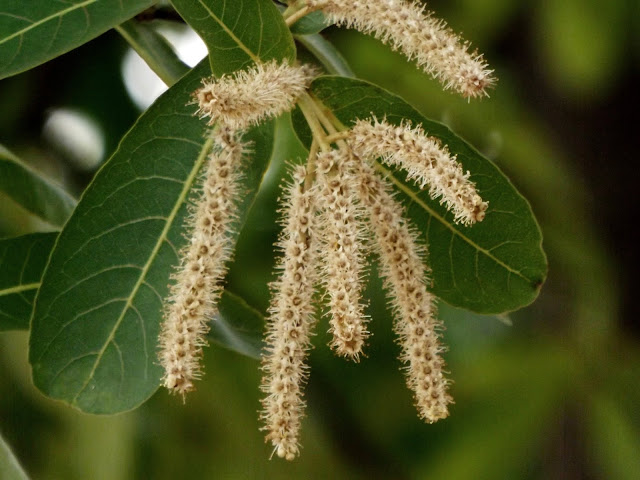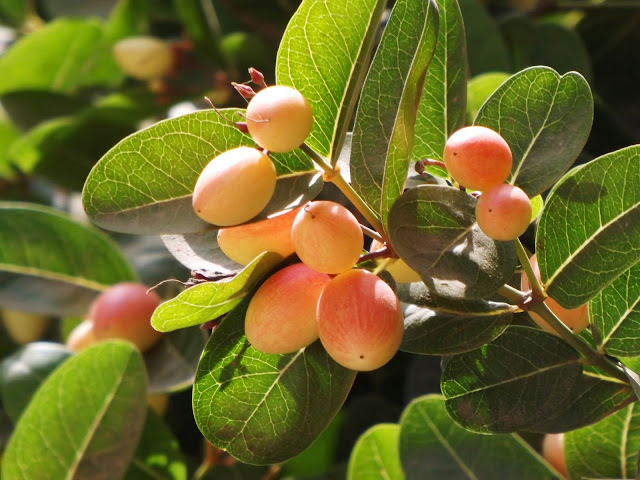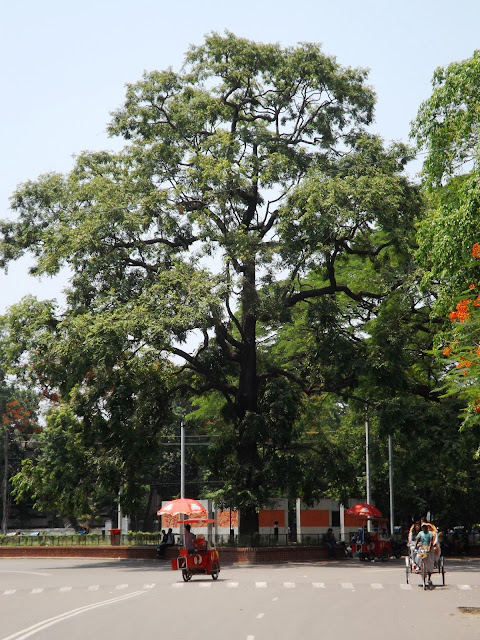Dumur or Hairy fig, Ficus hispida
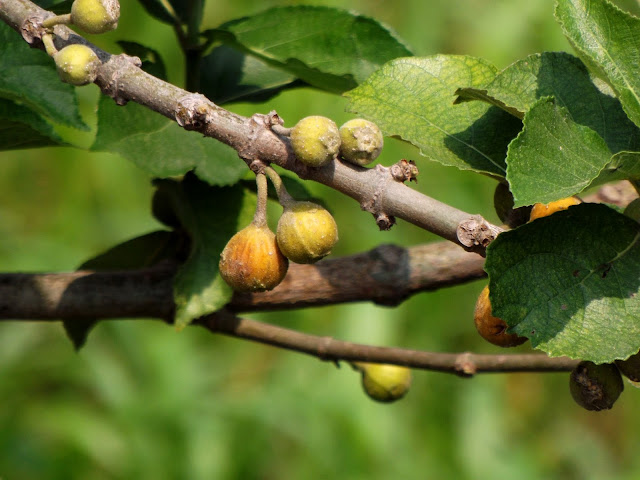
Dumur or Hairy fig ( Ficus hispida , family: Moraceae) is a medium-sized tree from ficus genus with branches. The hairy-leaved tree is native to Bangladesh, as well as South and Southeast Asia and New Guinea, Australia and Andaman island. Figs are eaten as vegetables in Bangladesh and India. Flowers remain inside fruit and cannot be seen from outside. Fruits called figs grow in cluster on branches. The ripe fruit is yellow. Its propagation is by seeds Ovulate green leaves are hairy and rough. Leaf is 12-18 cm long and pedicel is 2-5 cm long. Common names: Dumur, Kala dumur, Kak dumur, Devil fig, Hairy fig, Opposite-leaved fig-tree, Ro...



